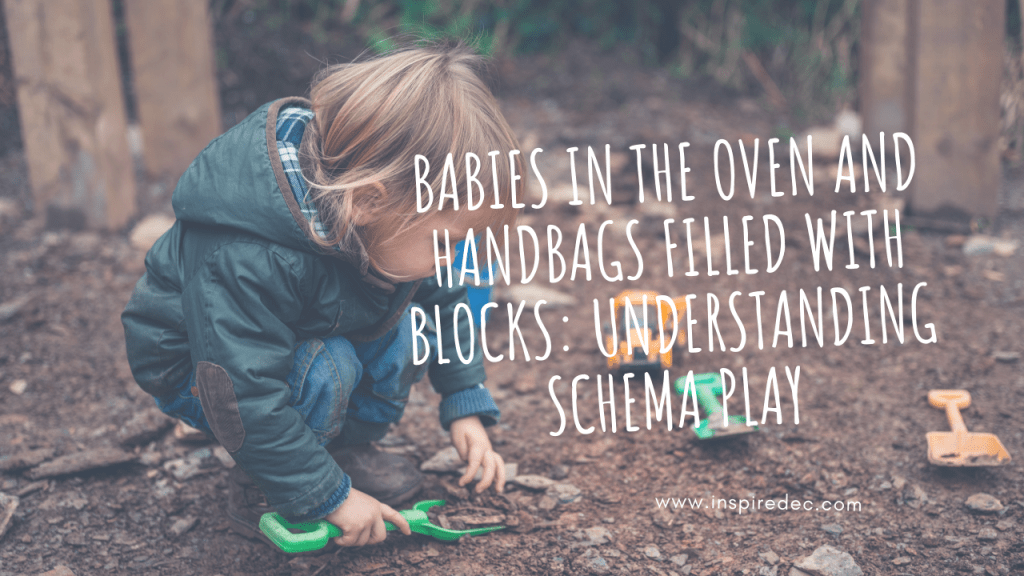
I was about 20 years old. Only a year or so out of TAFE, having completed my Diploma, and I’d predominantly worked with preschoolers. When I was put in the toddler room for the year ahead, I was excited but a little nervous too. I was expecting the never ending routine of eating, changing, sleeping and comfort… but I don’t think I was really prepared for the way in which toddlers play.
Like many educators who have worked in preschool rooms, I think I expected to just set up a smaller version of the environment that we had previously had – shrunken to toddler size. I think I expected to have a miniature version of the same program and routines. I think I expected the play to look somewhat the same, just with less words. Quite simply, I just didn’t really understand toddler play.
Our society has a pretty unfavourable attitude to the way in which toddlers play and “behave.” The phrase “terrible twos” is often thrown out when toddlers:
- Yell, cry or say “NO!”
- Dig their heels in and refuse to be put in a car seat, or be fed their meal.
- Run, push and throw
- Mouth toys, throw things, upend baskets of toys, pour out their cup of water.
But, when we change our perspective and wording on these “terrible” behaviours, we see something completely different:
- Express their needs, wants and preferences
- Exert their independence
- Test out the strength and speed of their bodies
- Connect with their environment in a sensorial way
None of these seem at all “terrible”.
When I walked into that toddler room for that very first year, I had no idea how toddlers really played. I was yet to be introduced to the concept of schema – although I quickly detected that there was more to this play than meets the eye.
I would spend my days taking blocks back to the block area, after finding them in a bunch of play bags on the playdough table. I would fish babies out of the wooden play oven after they had been “posted” through the sink hole. I would sigh as yet another basket was upended on the floor, or another toddler was found in the bathroom filling and emptying cups of water all over the floor!
When I first learned about schema… it suddenly made so much sense. The realisation that there was some logic to this play, and that if I understood it and embraced it, not only would I be less frustrated, but more importantly – the children would be more engaged and content.
What is schema play?
This definition sums it up pretty well:
Schemas are described as patterns of repeated behaviour which allow children to explore and express developing ideas and thoughts through their play and exploration. The repetitive actions of schematic play allow children to construct meaning in what they are doing. – www.flyingstart.uk.com
Some of the common schema are:
- Transporting
- Filling and Emptying
- Trajectory
- Rotation and Circularity
- Enveloping
- Enclosure
- Posting
When we understand that the child who continually fills and empties cups of water in the bathroom may be experimenting with “filling and emptying” – we can provide appropriate ways for them to explore this schema. Perhaps we add a water play area to our environment with cups, funnels, buckets, scoops and more.
Understanding schema is vital when working with young children, particularly toddlers.
Some resources we recommend:
Post Author
Nicole Halton is an early childhood consultant and one of the co-founders of Inspired EC – an Early Childhood consultancy company based in Australia.Nicole has co-authored several books and developed a variety of resources for educators. Nicole and her husband live in Lake Macquarie, Australia and love spending time outdoors with their three young children.


Leave a Reply